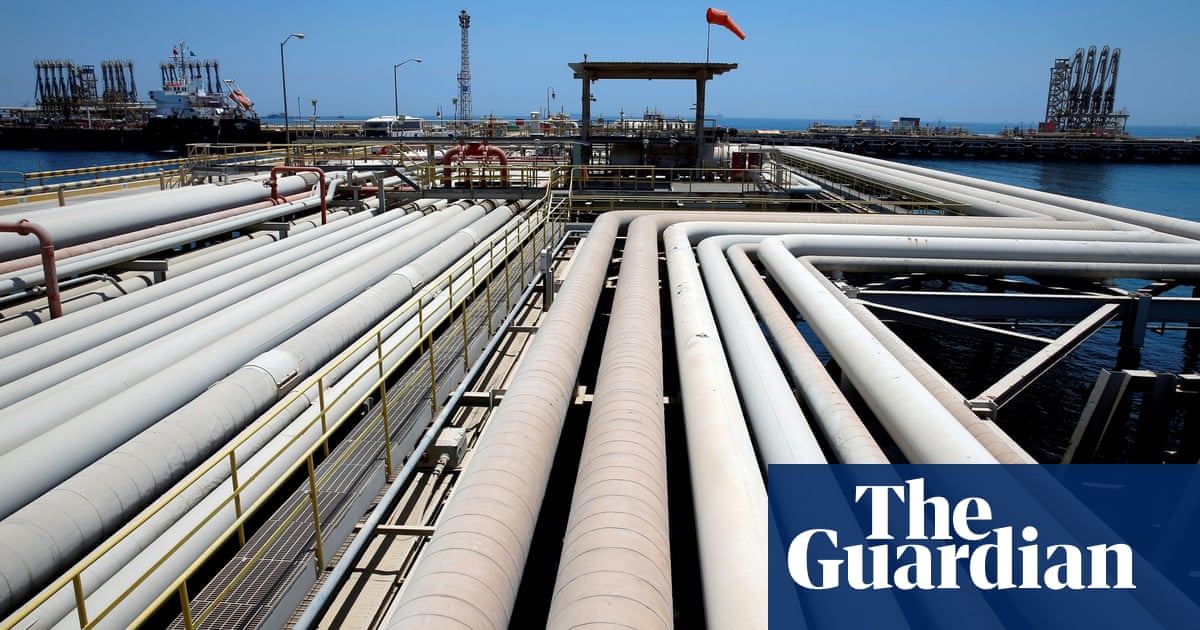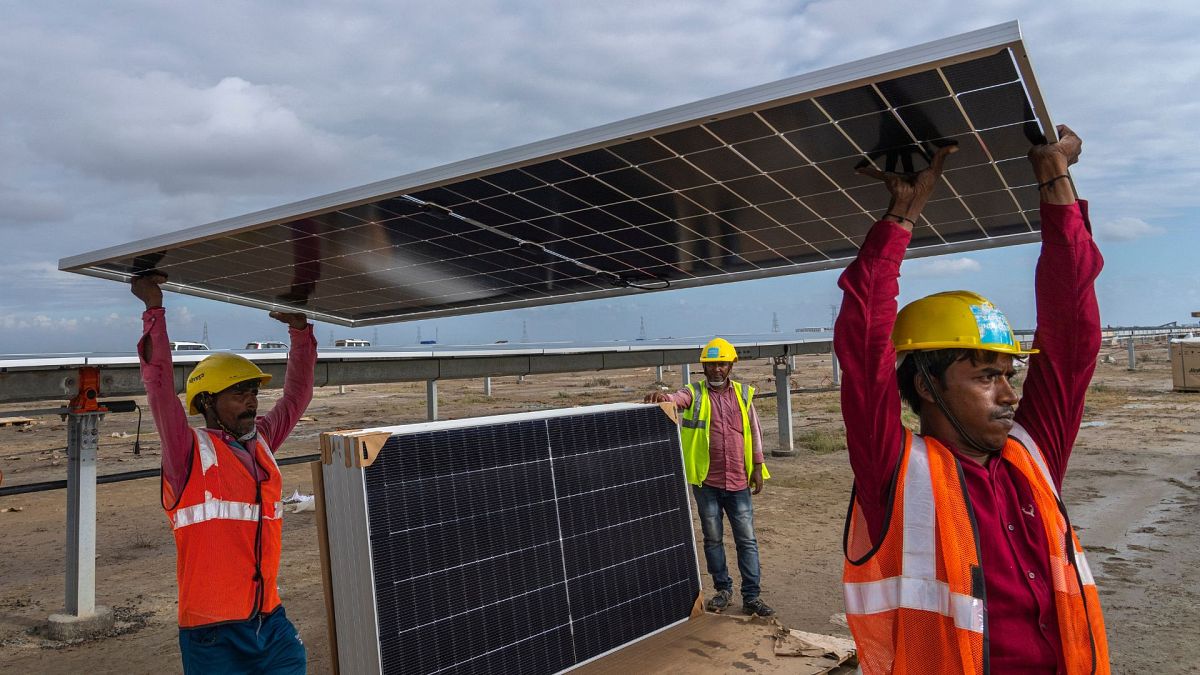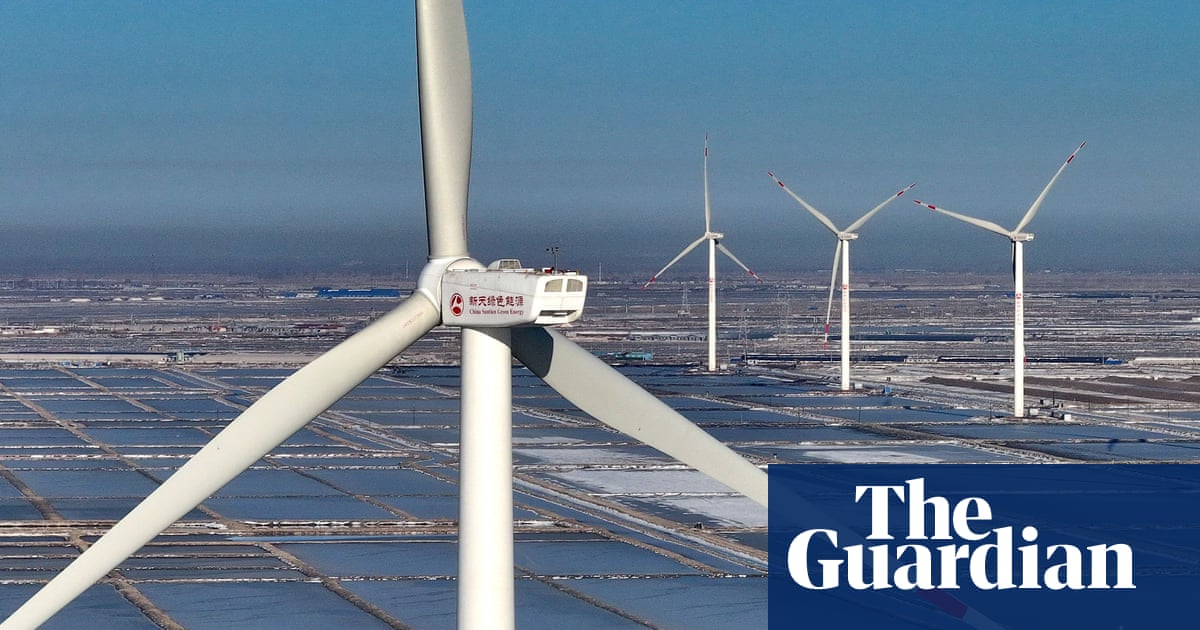ItsNotAboutTheMoney
Well-Known Member
Energy prices can vary widely regionally. New England natural gas prices are clearly higher than other regions.Also it seems it does not compare heating energy fuel type against similar local households. The EIA link instead compares by "U.S. average household fuel expenditures".
The problem here is certain heating fuels are more common in different geographic regions that can have very different winter temperatures and hence large cost differences based on geography alone.
For example the heating oil is really just used in older homes in the Northeast, electric heat is common in the South, and NG is common in the West.
Here, the electricity supply price (energy only) is expected to drop 20% to 30% in January as the price were set during the spike and natural gas prices have fallen back. It was already cut by a cent a few months ago to compensate when the delivery price went up in part due to botching of a community solar scheme.













